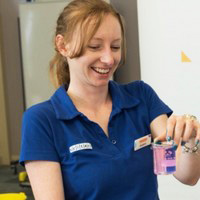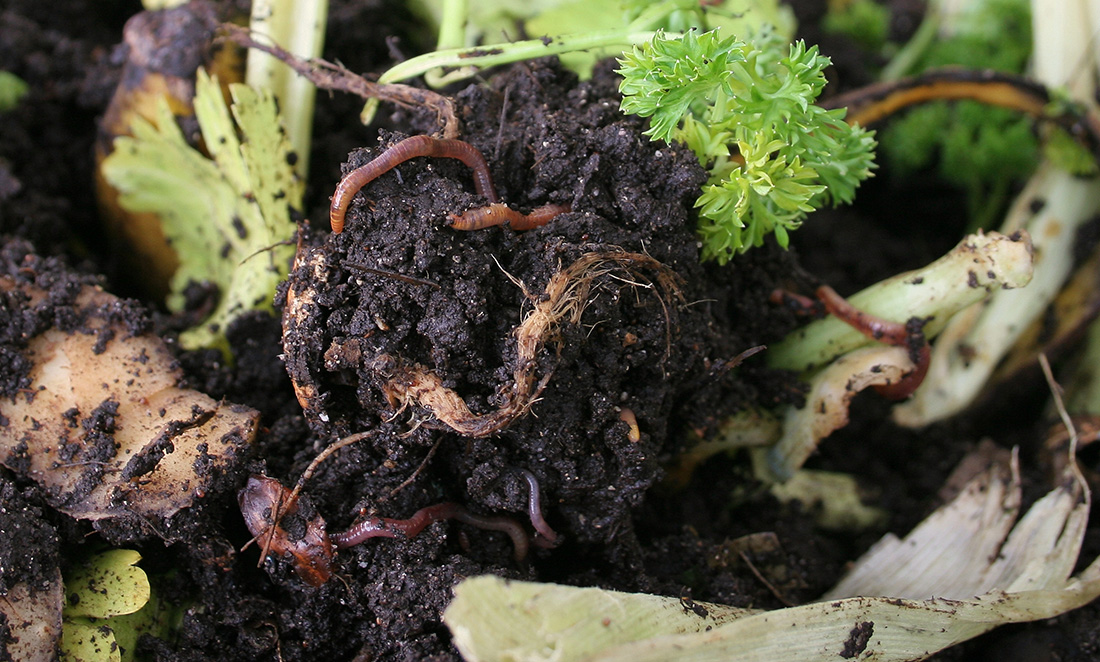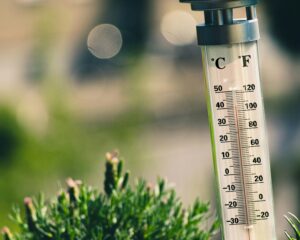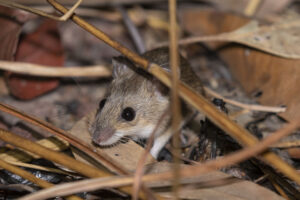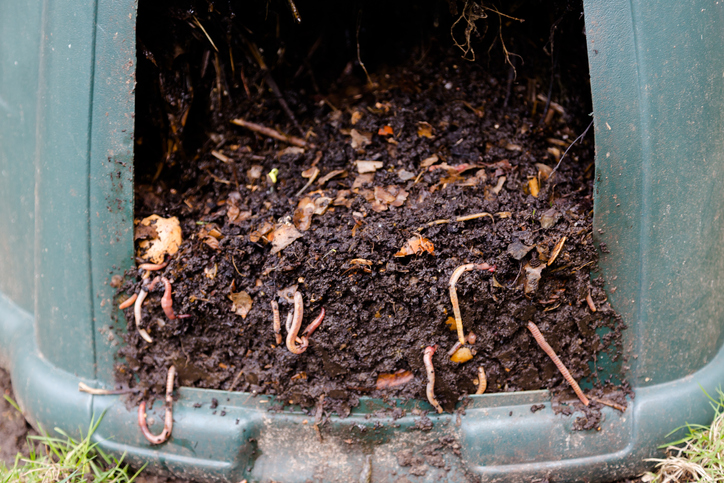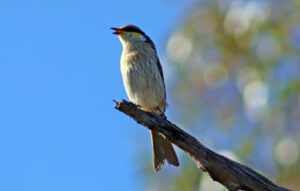Hands up who dabbled with composting during the coronavirus lockdown. Was it as easy as you thought? No, we didn’t think so either.
I’m all about reducing food waste. I wanted to be one of those cool people that have their year’s worth of trash in a jar, and so I decided that getting a compost bin was the best first step.
Flash forward a few months to a heated discussion about who was putting soil in the compost bin. Confused looks were exchanged. That’s when I realised that the ‘soil’ was actually the composted materials and that I had no idea about composting.
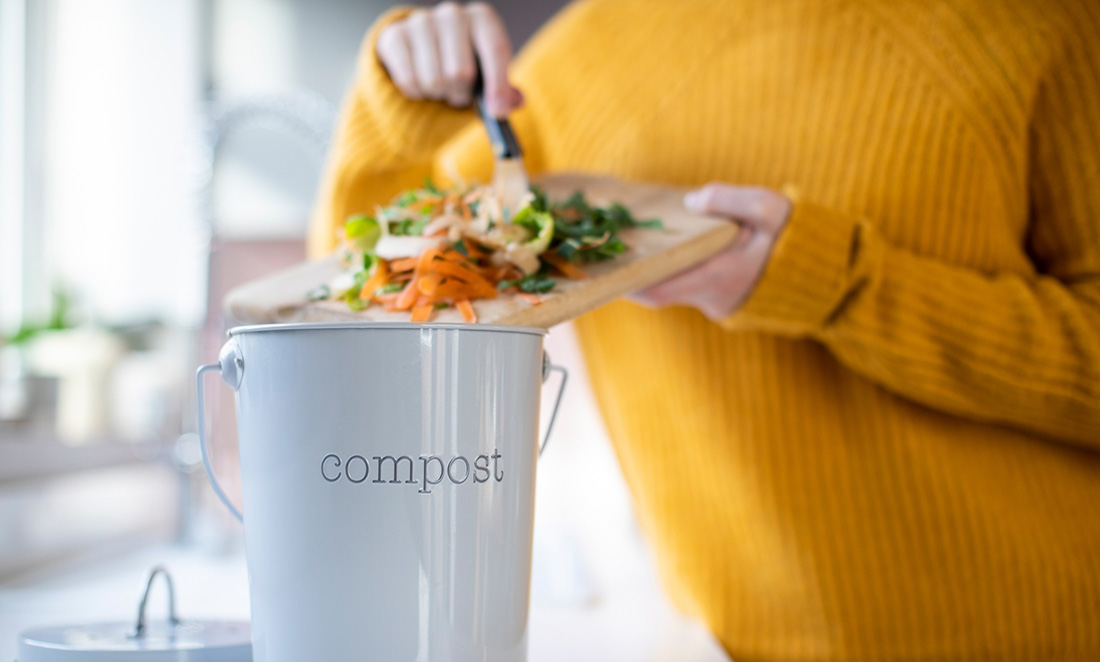
The coronavirus isolation period saw an increase in seed sales as many of us found that home gardening was a great way to spend a few hours of the week during lockdown. So are we really making a difference to the environment? What is the best way to compost at home? And how does composting actually work?
Well, we’ve looked into it with the help of the City of Cockburn’s Waste Education Coordinator, Nicki Ledger.
Does composting really make a difference?
In 2018, a look at industrial composting by Southern Metropolitan Regional Council (SMRC) found that composting is way better for the environment than putting food waste into landfill.
Spoiler alert: having this food waste in landfill produces a lot of methane, a bad greenhouse gas, but in an oxygen-rich environment without the layers of other stuff on top of it, it doesn’t.
Industrial composting centres are oxygenated so that the composting process doesn’t produce methane.
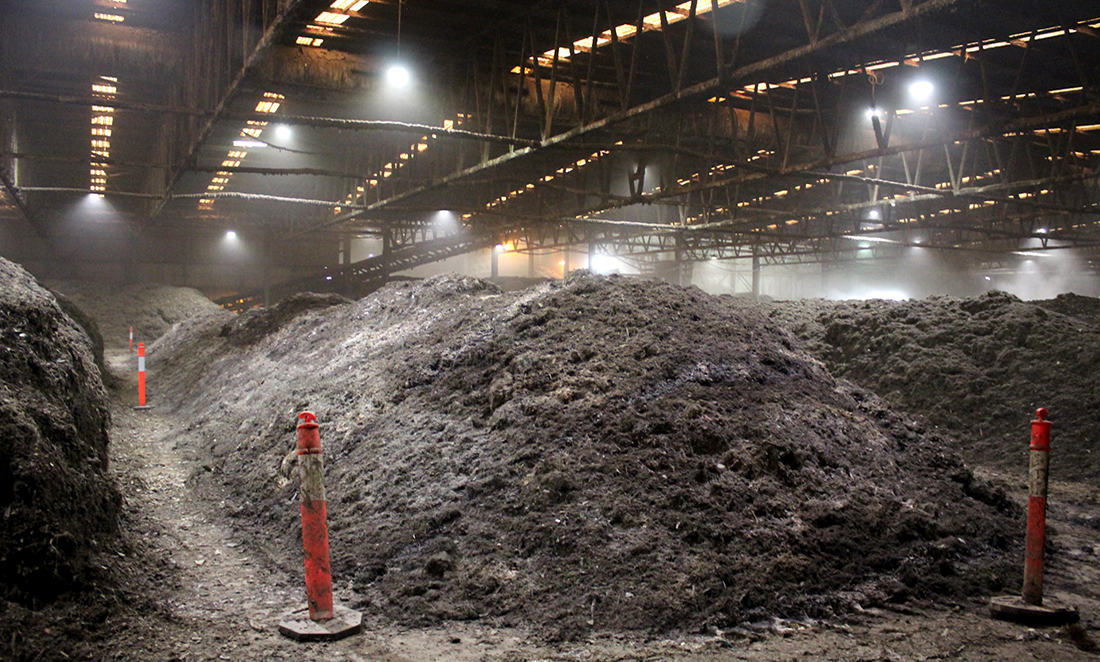
The City of Cockburn and other councils within Perth don’t have access to industrial composters yet. They should be rolled out across Perth by 2025 in line with the state waste strategy. Until then, they’re making good use of it.
“Most metropolitan landfills now capture methane from their operations in order to convert it into electricity,” says Nicki. “At Henderson Waste Recovery Park, our captured methane produces enough electricity to power 3,000 homes.”
The methane is collected at the landfill site and then exported directly into the grid. This all sounds pretty positive: the councils are using our waste for good!
So why should we compost at home?
“At the City of Cockburn, we encourage our residents to process their food waste within the home to reduce the amount being sent to landfill and to help improve the City’s soil,” explains Nicki.
Most importantly, we’re creating an amazing resource for our own garden from our valuable food and garden waste. And who wants to buy compost to feed their plants when they can get it for free?
How can we compost at home?
There are many options from the most expensive worm farms and bokashi bins to digging a hole, sticking in a wide PVC pipe and sticking a lid on top.
Depending on your council, you can actually get discounts, rebates or subsidised systems. Some councils are part of the Switch Your Thinking local government initiative, which gives residents discounts for compost systems and worm farms.
Don’t know what the best system is for you? The different composting systems will allow you to compost different types of food and garden waste. Even people in apartments and those with small gardens are composting with so many alternatives available.
How much of the food scraps break down into compost?
Food scraps go in, but what exactly comes out? “Compost is simply decayed organic matter, which is rich in nutrients and can be used as an excellent soil conditioner and fertiliser,” says Nicki.
Provided it is composted effectively, microorganisms will break the waste down into its simplest parts such as carbon, nitrogen and phosphorous.
To compost effectively, there needs to be aeration (achieved by turning the compost pile) and a good balance of carbon-rich brown materials (like leaves and paper) and nitrogen rich green materials (like vegetable scraps and grass). Compost should end up being amazing nutrient-rich stuff that you can put right on your garden.
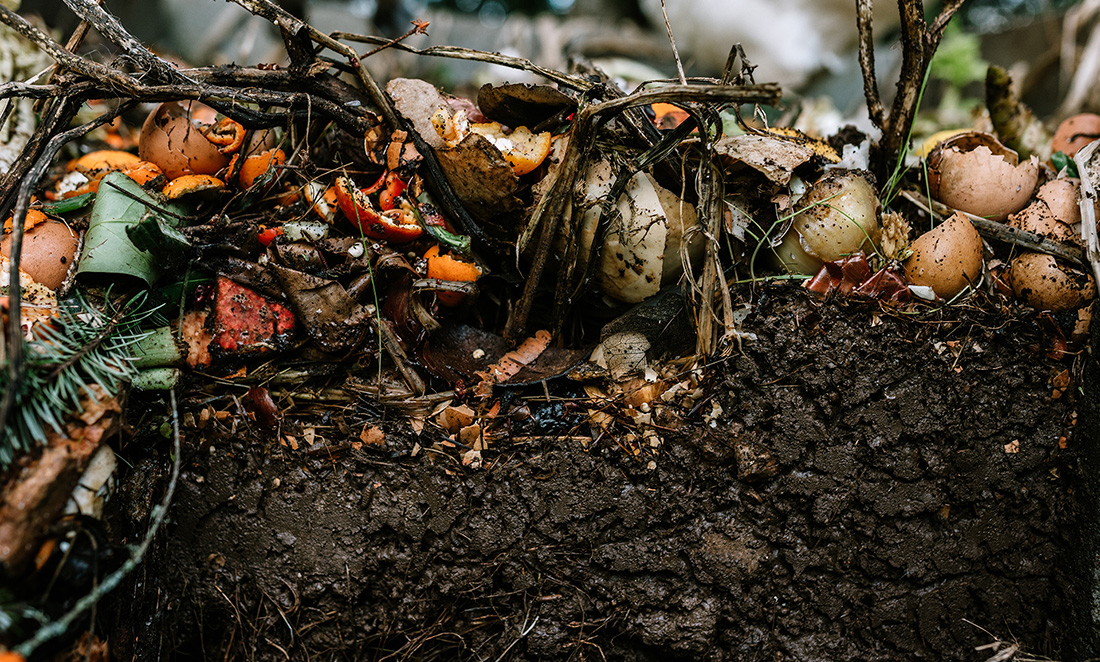
What about weeds?
If you put weeds into compost, will they just grow back? Potentially they can, says Nicki, if the compost does not heat up enough to kill the seeds.
“A technique called hot composting (turning the compost regularly and giving it time to heat up) will ensure weed seeds are killed and broken down.”
This is where the PVC pipe in a hole can help as well. You can put the weeds in the hole and microorganisms can still gain access to the nutrients and break the weeds down, but the seeds won’t be spread around the rest of the garden when you spread the compost. Nicki also adds that, with these systems, you don’t need to turn the waste as the insects naturally present in the soil do the hard work for you.
Does it really look like soil at the end?
Yes. At the end of your composting adventure, you should have something that looks like dark brown, moist, crumbly soil.
However, it is different to soil. You can’t usually grow new food straight in the compost as it’s slightly acidic, but get that good stuff into your garden and you’ll be growing in no time.


